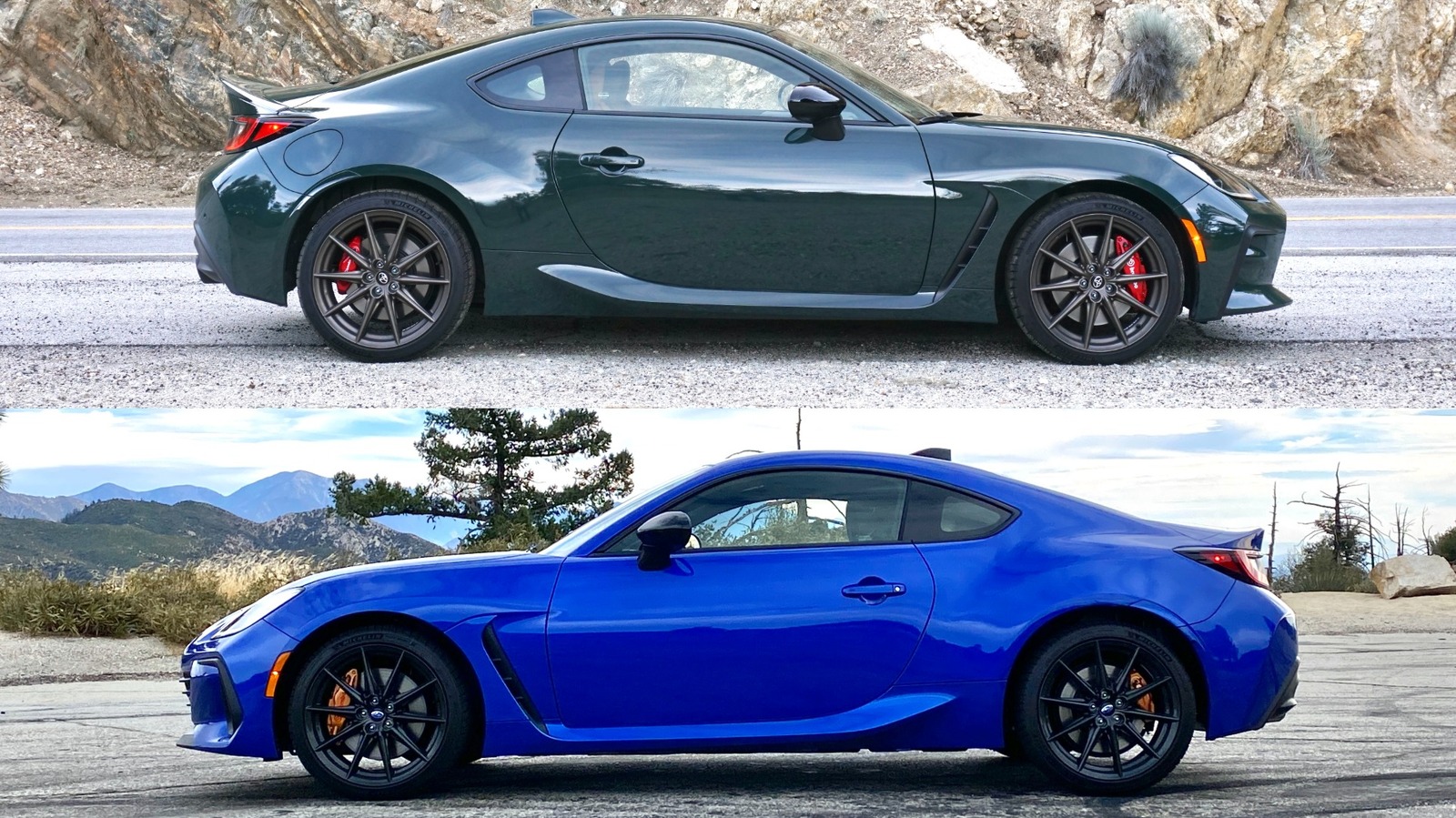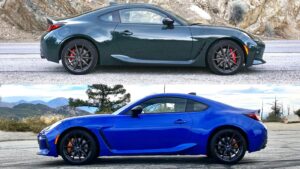
At a glance, many people might think that the Subaru BRZ and the Toyota GR86 are nearly identical vehicles. Both manufactured at Subaru’s
plant in Gunma, Japan, they share an assembly line, a powertrain, many interior components, and even
body panels. Spotting differences requires a keen eye, and for those considering one of these cars,
the resemblance could lead to questions about their distinctiveness.
Advertisement
To evaluate their differences, I took both the GR86 and BRZ for a comprehensive test drive,
traversing city streets, highways, and winding canyons to assess comfort and performance. I also
compared their specifications and pricing, ultimately determining my preferred model amidst the
similarities.
Pricing them out
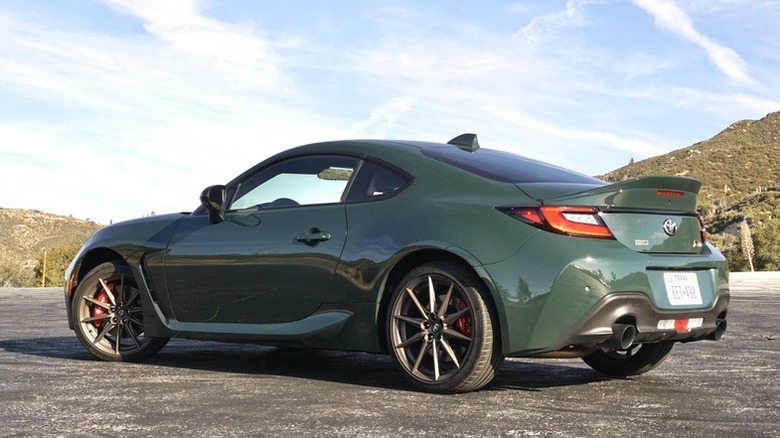
The 2025 GR86 comes in three main trims: base, Premium, and Hakone Edition. The base
model starts at an affordable $31,135 (including $1,135 destination fee). The mid-level Premium
trim is priced at $33,735, while opting for an automatic transmission adds an extra $1,100.
Advertisement
A $1,500 Performance package with Brembo brakes and SACHS dampers is an available upgrade.
The Hakone Edition, which includes the Performance package, has an MSRP of $36,405.
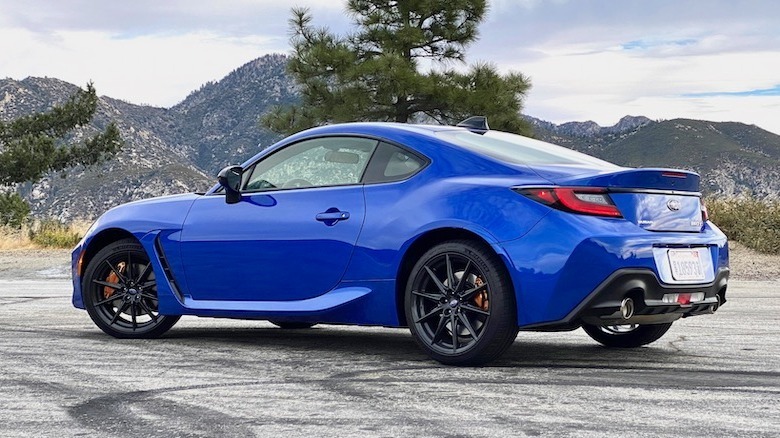
Travis Langness/SlashGear
Similarly, the 2025 BRZ is available in three trims: Premium, Limited, and tS. The Premium model
starts at $32,380 (including $1,170 destination fee). The manual transmission Limited increases
the price to $35,030, while the automatic version is $35,880. The tS trim’s MSRP is $37,530. There
are no options packages, but Brembo brakes are standard and some dealer-installed accessories like a
unique spoiler or STI shift knob can be added. A special Series.Purple variant starts at $35,560 but is
limited in production. Advantage: Toyota.
Advertisement
Are there any performance differences?
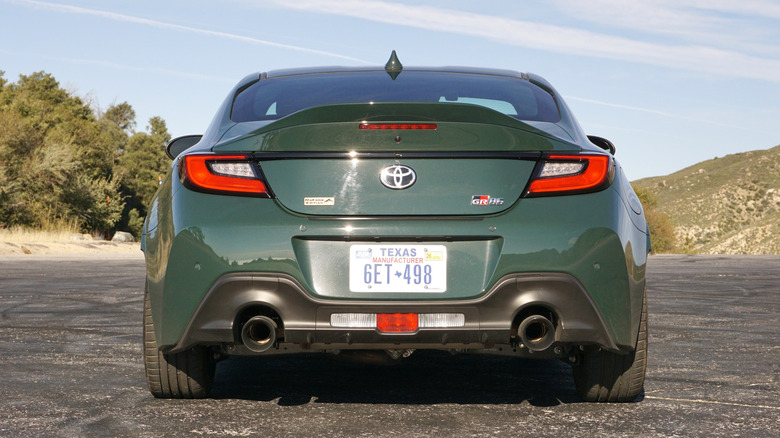
Generally, the Toyota is priced slightly lower than the Subaru, with about a $1,000 gap
across similar trims. Yet, in terms of performance and features, they are surprisingly alike. Both
the GR86 and BRZ are equipped with a 2.4-liter four-cylinder boxer engine, yielding 228 horsepower
and 184 lb-ft of torque, paired with either a six-speed manual or automatic transmission, showing no
variations.
Advertisement
The GR86’s curb weight ranges from 2,811 to 2,868 pounds, slightly edging out the BRZ, which
is listed between 2,820 and 2,881 pounds. However, these minor weight differences are nearly unnoticeable
while driving.
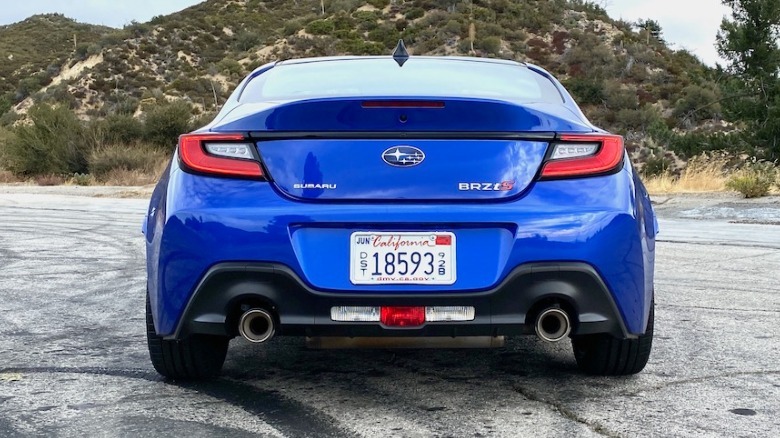
Travis Langness/SlashGear
Braking was consistent and effective, with sensitivity retained throughout extensive driving
sessions. Subtle distinctions could be felt in the suspension tuning, allowing the BRZ to navigate
corners with a bit more finesse. The differences are marginal, meaning both cars are commendable
options for driving enthusiasts.
Advertisement
More real-world driving impressions
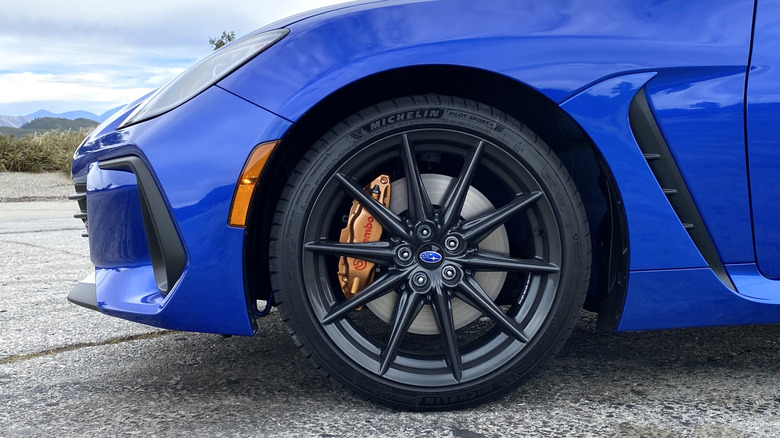
Between the two, the BRZ particularly in the tS configuration (with an STI-tuned
suspension) showcased a slightly firmer setup. While the GR86 also had a firm ride, it felt
comparatively more forgiving on rugged city streets. It’s crucial to note that the noted differences
were minimal. My thorough observations on similar roadways yielded limited distinctions.
Advertisement
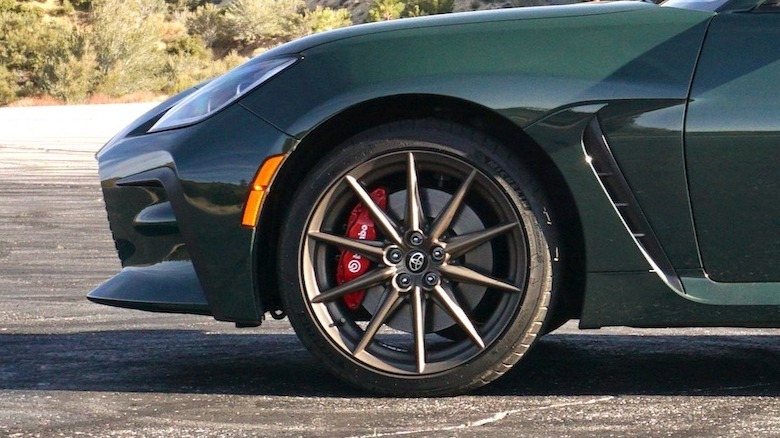
Travis Langness/SlashGear
The manual transmission of the BRZ adds an engaging feel, whereas the automatic in the GR86, while
different, was also enjoyable. The flexibility of both manual and automatic options adds variety to
the driving experience.
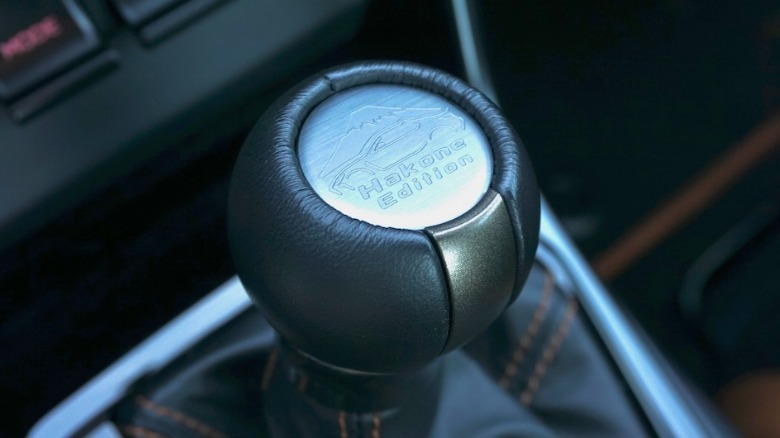
Travis Langness/SlashGear
My experience with the BRZ’s six-speed manual was outstanding, exhibiting smooth shifts and an
impeccable design. The GR86’s automatic transmission surprised me with its adept responsiveness for
spirited driving, while also enhancing daily driving comfort.
Advertisement
Ride quality and space for your stuff
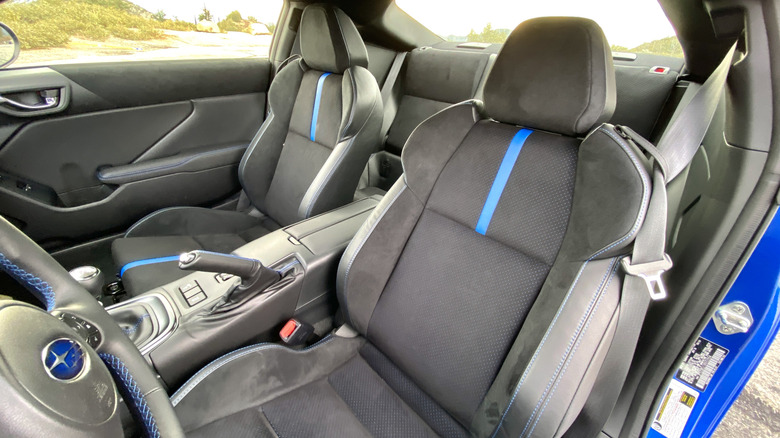
Both models are sufficiently comfortable for longer excursions or everyday driving, despite
not being classified as grand-tourers. Equipped with Michelin Pilot Sport 4 tires, they are grippy albeit insomniac on rough
surfaces, with minor jolts penetrating the cabin. Nonetheless, it amounts to mild discomfort.
Advertisement
Considering their competitive starting prices, the driving comfort offered is commendable.
The front seats are supportive and provide ample bolstering during spirited driving, while the seat
heaters efficiently combat cold temperatures.
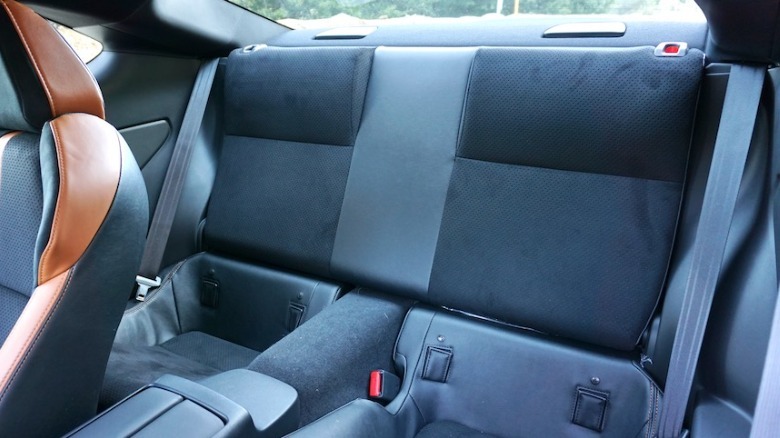
Travis Langness/SlashGear
Conversely, the rear seating is impractically small, accommodating only younger passengers. Instead of
being a viable option for transporting taller individuals, the back seat functions better as extra
storage or trunk space. Notably, cargo space is limited to just 6.3 cubic feet. However, visibility
remains impressive, aided by expansive windows and manageable blind spots despite their compact size.
Advertisement
Nobody’s perfect
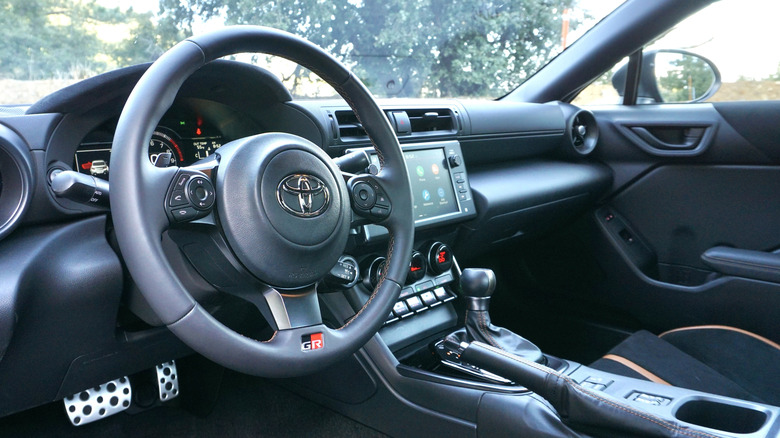
However, both models are not without their flaws. Throughout my testing, both vehicles
generated a significant amount of road noise. At higher speeds, the tires produced audible hums that
overshadowed the uninspiring audio systems. The GR86’s aftermarket exhaust exacerbated the noise
issue, though I acknowledge it was an optional addition.
Advertisement
Standard six-speaker audio is commonplace, but both test vehicles featured underwhelming
eight-speaker systems that fell short of providing ample volume and sound quality. If I were to own
either car, enhancing the audio would be my first modification.
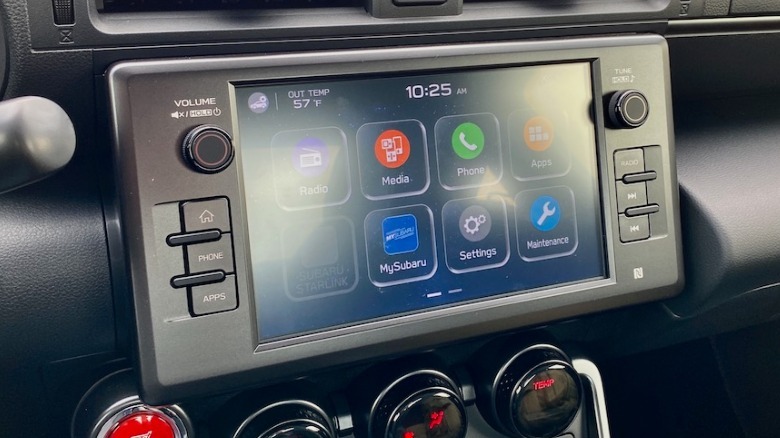
Interestingly, my disinterested girlfriend remarked on the GR86’s interior, commenting on its “old-school”
feel—a sentiment that could easily apply to either vehicle. Both BRZ and GR86 feature minimalistic
interiors even in their upper trims, with controls resembling older models from their initial releases
a decade ago. Fortunately, the dashboards maintain a clean aesthetic without overwhelming distractions.
Advertisement
Color inside the lines

For those prioritizing aesthetics, the available color options could sway your choice. The
GR86 offers six exterior color selections: Raven, Pavement, Steel, Trueno Blue, Halo, and Track
bRED, with Halo and Track bRED available for an additional $475. The Hakone Edition is exclusively
offered in Ridge Green, which is among my top picks, notably complementing the Bronze wheels.
Advertisement
Likewise, the BRZ boasts a somewhat similar palette, with options including WR Blue, Crystal
Black, Magnetite Gray, Ignition Red, Ice Silver, Crystal White, and Sapphire Blue. Although Subaru’s
color names seem fancier, the underlying choices are closely aligned. There are exceptions such as the
unique Ridge Green for the Hakone Edition and the forthcoming Yuzu yellow for the GR86. Additionally,
the BRZ’s limited Series.Purple trim features a new Galaxy Purple hue, limited to just 500 units.
The Verdict: BRZ or GR86?
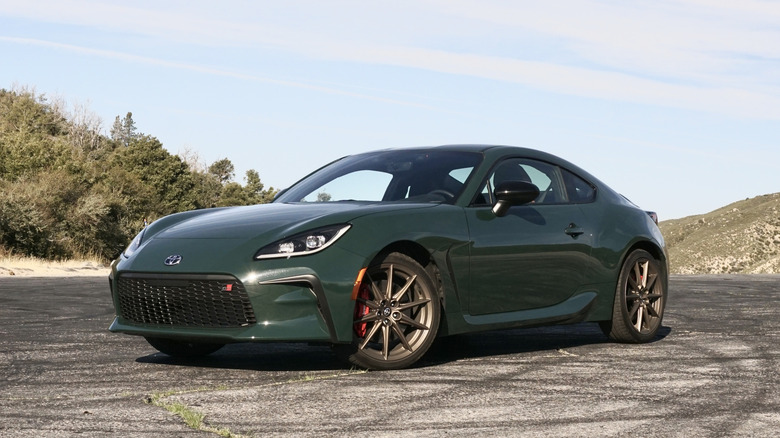
In choosing between the Subaru and Toyota options, I lean towards Toyota due to the more
appealing front grille, competitive pricing, and the standout color scheme of the Hakone Edition.
While I appreciate certain accessories for the GR86, the Subaru’s design might appeal to some,
justifying the price gap.
Advertisement
Regardless of which nameplate you select, my appeal to both Subaru and Toyota remains: do
not attempt to improve either the GR86 or BRZ significantly. Preserve their essence. Any necessary
updates should be minimal, maintaining the integrity of what makes these affordable
sports cars exceptional. Introducing excessive tech features, increased power output, or
complex transmissions could lead to inflated prices, counteracting the successful philosophy behind
these models.

